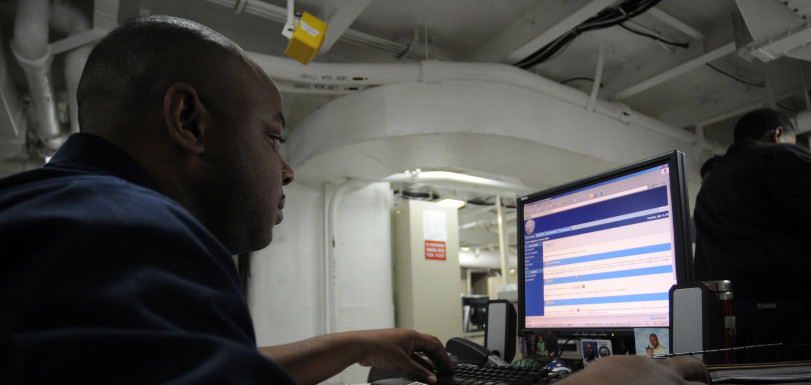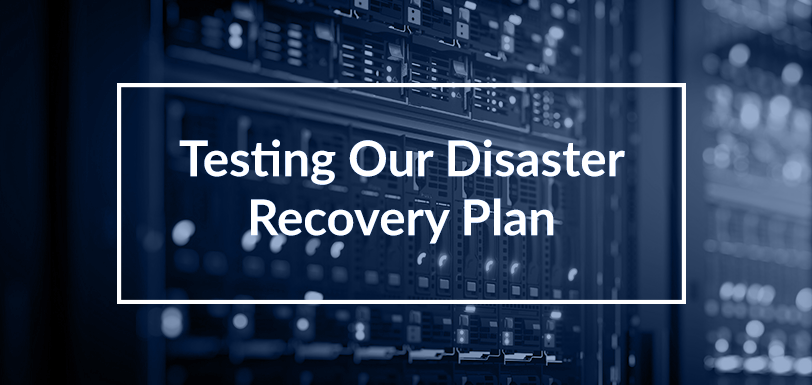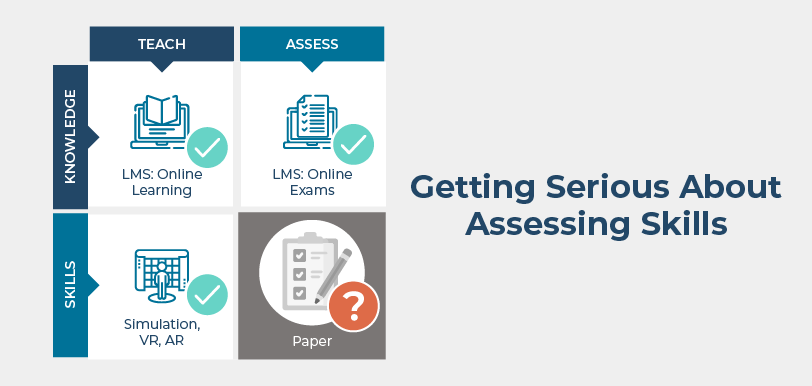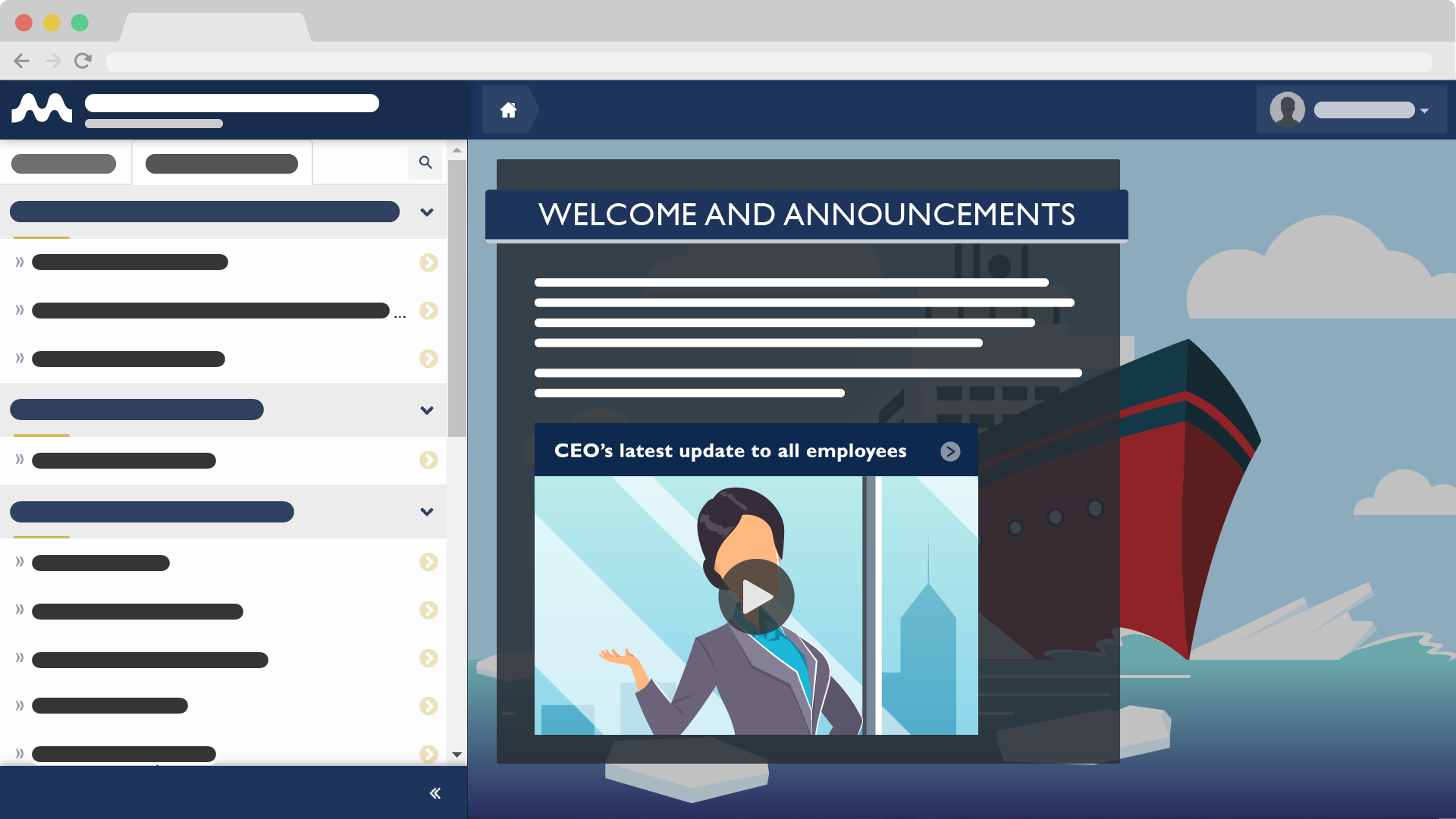Self Study as a Part of Familiarization Training
Jun 22, 2015 Murray Goldberg 0 Maritime Training, Self-studyEvery company in the world is (or at least had better be) continuously on the lookout for ways to improve the outcomes or products they generate while maintaining or reducing costs. BC ferries has implemented a change to the way it performs onboard and on-site familiarization which does both. One of the main components is self-study. I think this is a lesson for all training organizations – within and outside the marine industry. In this blog I will talk about the benefits of self study and give some tips on how to “do it right”.
In previous posts, I provided an overview of the groundbreaking work being done at BC Ferries to completely reform its familiarization and clearance processes, bringing a higher degree of standardization, objectivity and rigour while maintaining or reducing costs. I am referring to the SEA program at BC Ferries. A critical phase of that program is the self-study phase. It is a fantastic idea which, if implemented correctly, will improve training outcomes (and therefore performance and safety), reduce costs, and create an excellent training experience. Let’s look at what self study is, when it is best used, what are the benefits, and how to “do it right”.
What is self study?
Self study is exactly what you might imagine – learning which takes place without the benefit of a “teacher” lecturing to the student. There are no classrooms, no face-to-face visits, no office hours, and nobody acting as the “trainer”. This does not mean, however, that the “student” (in our case, a marine-industry employee being familiarized for a vessel, terminal, or other piece of equipment) is on their own. Instead, self study is typically supported by materials including:
- Explicit instructions which indicate what the required learnings are, why the knowledge is important, the expected path through the learning materials, and the expectations and next steps at the end.
- Comprehensive learning materials (which may be available on-line or on paper (or both, as in the case of BC Ferries). These materials are the lessons intended to convey the required knowledge.
- A series of self-tests which, although graded, are not recorded and do not count toward clearance. Their purpose is only to give the student an idea of whether they are successfully learning the materials according to the expectation of their employer.
Self-study also typically is self-paced, meaning that, within reason, the student is able to progress slowly or quickly through any of the materials, according to their preferences, abilities, and pre-existing knowledge and experience.
When is it used?
Self study can be used in a variety of contexts for a variety of objectives. The particular application of self study at BC Ferries is perfectly suited to its strengths.
At BC Ferries, self study is employed as the first phase of their SEA program. This phase comes before any onboard or on-site training. All employees who are being familiarized at BC Ferries first complete the self study appropriate for the position they are training for. Only after they have proven that they have gained the required knowledge from the self study are they allowed to move to the next phase – onboard or on-site training.
What are the benefits?
Implementing a self-study phase prior to onboard or on-site familiarization the way BC Ferries has done provides tremendous benefits. Some of the most significant include:
- The aspects of familiarization which do not require either presence onboard or the assistance of a trainer (and there are many) can be moved to the self study phase. This has the benefit of conveying those aspects of knowledge far more cost effectively.
- In addition, studies have shown that, on average, “students” can assimilate knowledge just as well on-line as they do in “class”. My own research as a faculty member at UBC, as well as the research of many others since has shown this quite convincingly. Self-study is not “second best” – it is a highly effective and very efficient process with distinct advantages.
- Trainees can proceed through the self-study material at their own pace according to their pre-existing knowledge. This is very important, especially for new employees, because different employees come to BC Ferries with highly variable levels of knowledge and abilities. Yet their training must bring them all to a uniformly high level. The flexible self-study phase accommodates these differences very effectively – much better than classroom-based or onboard training.
- Possibly the most powerful and striking benefit is that when onboard training begins after the self study is complete, the “students” all arrive onboard with a uniform level of standardized, company-vetted best practice knowledge. This completely changes the nature of the onboard familiarization because it can be assumed that the trainees already possess critical foundational knowledge. The level of standardization in training is much higher. Onboard familiarization now is more effective, more targeted at skills which need to be learned on the vessel, and can be greatly reduced in duration. Any trainer can tell you about the benefit of being able to assume a certain level of knowledge among their students before they come to “class”. The advantages are tremendous.
Conclusion
Self-study is one of the easiest and most powerful ways to improve outcomes in a familiarization program. It has been well researched and used extensively and with great success to reduce costs while concurrently improving student experiences and learning outcomes in all manner of learning contexts. In a marine familiarization context, it affords not only those benefits, but also the ability to ensure that trainees arrive at onboard familiarization with a uniform and high level of standardized, company vetted knowledge. The benefits are tremendous; self study should be on your radar when looking at ways to improve your in-house familiarization processes.
Comments please
Does your marine organization already employ self-study in familiarization training? Is it about to? Share your experiences and plans here so we can all benefit from your knowledge.
Blog Notifications:
For email notifications of new maritime training articles, please follow this blog.
Interested in Marine Learning Systems?
Contact us here to learn how you can upgrade your training delivery and management process to achieve superior safety and crew performance.






